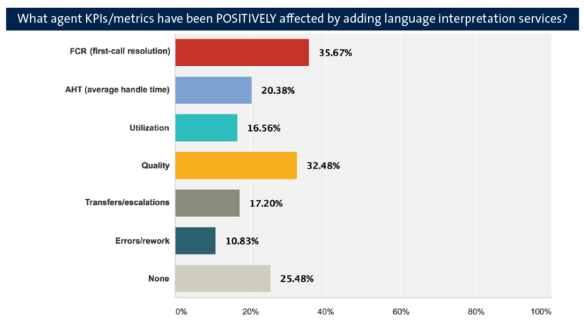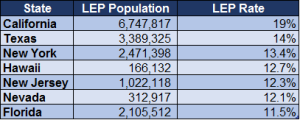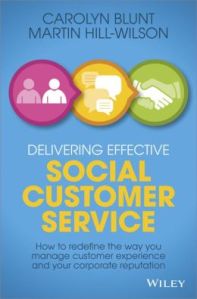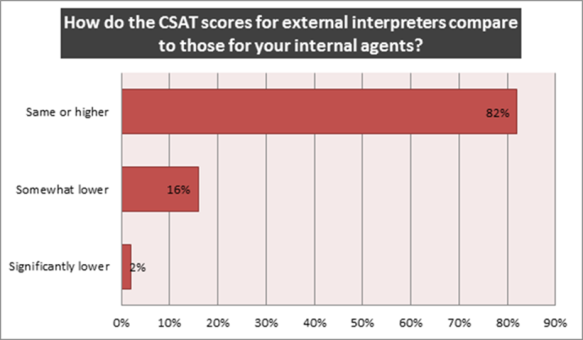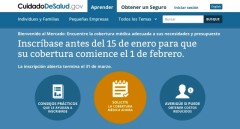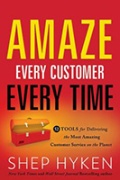You feel comfortable when you’re confident. Speaking another language is no exception.
How are call center agents gaining confidence with foreign languages?
The International Customer Management Institute (ICMI) asked in their 2014 research report titled, “The Impact of Multilanguage Support on Customer Experience.”
What did they find? Agents are better at their jobs with an interpreter service.
So what happens when agents get the assistance of language interpretation services?
ICMI found that by adding multilingual support, contact centers were actually able to grow agent productivity and efficiency:
…75% of [contact center] respondents saw a progressive improvement to at least one agent KPI upon adding language interpretation services.
What KPIs were affected?
- First Call Resolution (FCR)
- Quality
- Average Handle Time (AHT)
Maximize your agents’ potential
When agents are given the tools to succeed – and interpreters are a tool – they will outperform with every type of customer.
By now, you probably all have heard the exhausted saying, “happy agents make happy customers.” We hear this so often because we acknowledge its validity.
Thus, it only makes sense that KPIs such as Quality, First Call Resolution, and Average Handle Time would improve from agents that have all the tools they need.
About Voiance Language Services
Voiance Language Services, LLC is a leading Phone Interpretation provider to contact centers. Operating a network of secure interpreter contact centers with over 1,000 seats, Voiance offers 24/7 Phone Interpretation in over 200 languages, Translation and Localization in over 100 Languages, and Video Remote Interpretation. Voiance’s parent company CyraCom International, Inc. has been in business since 1995 and is the largest provider of Phone Interpretation with operations solely in the United States.

